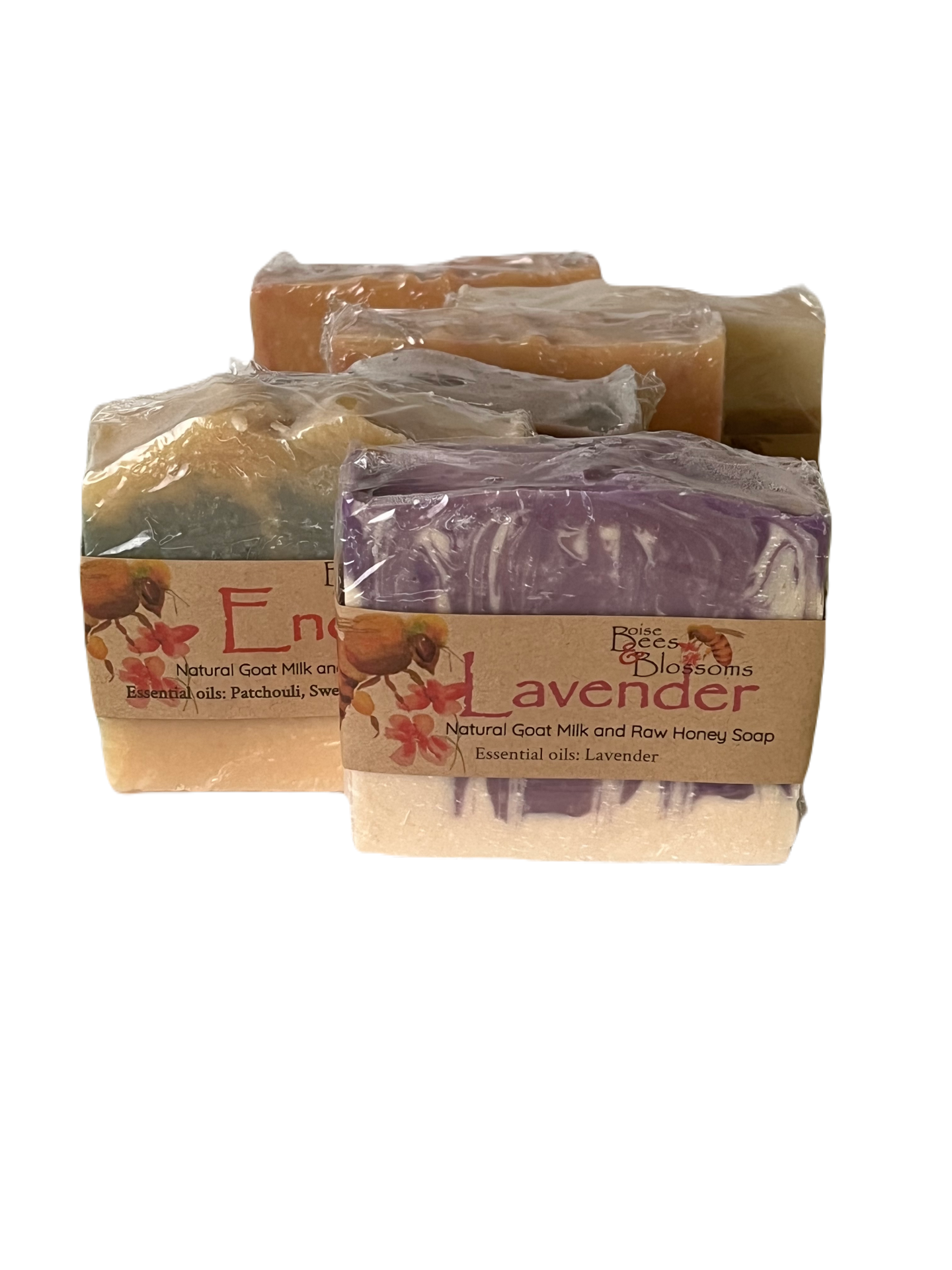Mead is one of the oldest alcoholic beverages known to humankind. Crafted from a simple combination of honey, water, and yeast, mead offers a world of flavor possibilities and is a delightful project for both amateur and experienced homebrewers. In this article, we will explore the art of making mead and share some best practices to help you create your own divine honey wine.
-
Choose Quality Ingredients
The foundation of great mead lies in selecting high-quality ingredients. Start with the best honey you can find, as it plays a significant role in the flavor and aroma of your mead. Varietal honeys, such as clover, orange blossom, or wildflower, each impart unique characteristics. Likewise, ensure your water is clean and free from impurities. Finally, opt for a good yeast strain suited for mead-making.
-
Sanitize Thoroughly
Proper sanitation is crucial in mead-making. All equipment, containers, and utensils must be thoroughly cleaned and sanitized to prevent the growth of unwanted microorganisms. A no-rinse sanitizer is a handy tool for this purpose.
-
Measuring and Mixing
Measuring your ingredients precisely is key to creating a consistent and balanced mead. Follow a reliable recipe, and use a hydrometer to determine the sugar content of your honey-water mixture, which helps you estimate the final alcohol content. A common ratio for traditional mead is 2.5 to 3 pounds of honey per gallon of water.
-
Add Nutrients
Yeast needs proper nutrition to ferment effectively. Consider adding yeast nutrients and energizers to your must (the honey-water mixture). These supplements provide essential vitamins and minerals to help the yeast thrive and produce a clean, balanced mead.
-
Aeration
Aerate your mead by stirring or shaking it during the initial fermentation stage. Oxygen is essential for yeast health in the early stages, but avoid excessive aeration once fermentation is active, as this can introduce off-flavors.
-
Fermentation Temperature
Maintain a stable fermentation temperature. Most mead yeasts perform best in the 60-70°F (15-21°C) range. Keep your mead within this temperature range throughout fermentation to ensure the yeast's efficiency and the development of desirable flavors.
-
Monitor the Progress
Regularly check the specific gravity of your mead with the hydrometer to track the fermentation progress. Once the gravity remains stable for several days, fermentation is likely complete.
-
Aging and Clarification
Mead often benefits from aging. Transfer your mead to a secondary container, such as a carboy, to allow it to clarify and develop more complex flavors. Some meads may be drinkable in a few months, while others can improve significantly with years of aging.
-
Bottle with Care
When you're ready to bottle your mead, ensure your bottles and caps are thoroughly sanitized. Siphon the mead into the bottles, leaving some headspace. Consider adding priming sugar if you want your mead to carbonate naturally.
-
Patience is a Virtue
The most crucial aspect of mead-making is patience. Mead, more than many other beverages, often benefits from extended aging. Allow your mead to mature, and you'll be rewarded with a more refined and delightful final product.
Check out Weathered Rock Meadery in Boise for tips, equipment, or to purchase pre-made mead
https://weatheredrockmeadery.com/about-our-store


